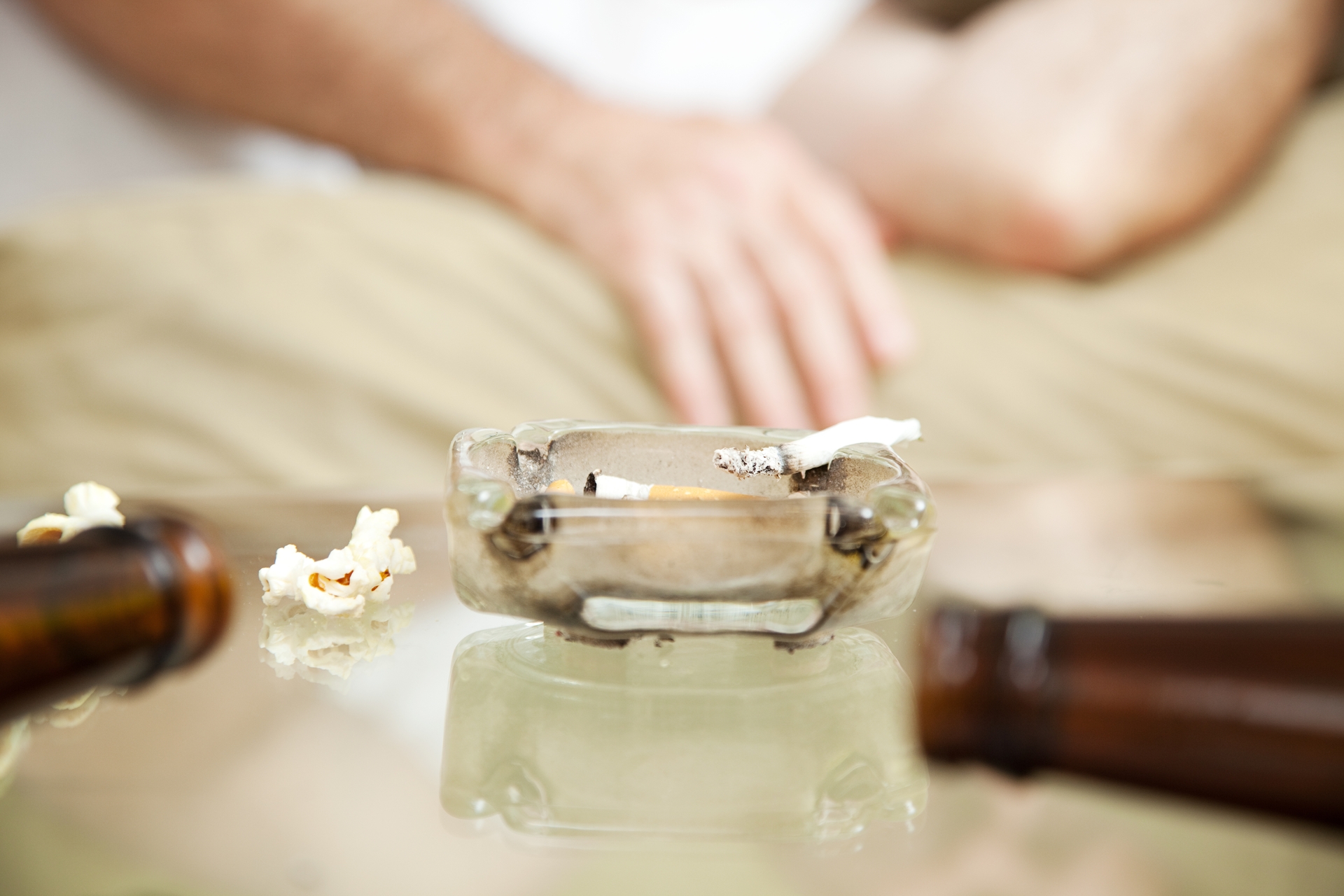Marijuana Addiction Rehab
The stance on marijuana has changed dramatically in recent years. More and more states are heading toward legalization for both medical and recreational use. Most people assume that it is safe and while it does not carry the risks associated with other drugs such as opioids, for certain people it can come with a price.
Marijuana can be psychologically addictive for some people, and casual recreational use can turn into abuse. According to the National Institute on Drug Abuse, recent data suggests that up to 30 percent of those who use marijuana could have what is now called cannabis use disorder.
Effects of Marijuana
Marijuana works in the brain to create a feeling of pleasure and relaxation. Other effects include:
- Altered senses (changes in vision or the way time is perceived)
- Changes in mood
- Inability to pay attention
- Increased heart rate
In high doses and with high levels of THC there are other, more rare side effects such as hallucinations, delusions, and even psychosis. Many states that have legalized marijuana are seeing more emergency room visits by patients that have smoked or ingested a large amount of marijuana with a high level of THC.
In Colorado, a study was published in the Annals of Internal Medicine that showed that there has been an increase in emergency room visits by people who have used marijuana. Between 2012 and 2016 there were over 2,500 emergency room visits caused by marijuana use. Another study showed that those who smoke marijuana with high levels of THC daily are three times more likely to develop psychosis.
How Marijuana Works
Just like other drugs, cannabis triggers a chemical reaction in the brain. Tetrahydrocannabinol, commonly known as TCH, attaches to receptors in the brain in the endocannabinoid system. This area of the brain is a communications system that affects not only how a person feels, but also how a person moves and reacts.
There are natural chemicals called cannabinoids that react with this system and act as messengers. When a person smokes marijuana the THC overwhelms the EC system. The body’s natural cannabinoids are not able to communicate and can throw a person’s system off balance.
Since cannabinoid receptors affect so many parts of the brain, the effect of marijuana can vary greatly between individuals. Some may experience a slower reaction time while others may have memory impairment.
Despite its reputation, it can cause anxiety or even paranoia in certain people rather than relieving it. Over time with regular, heavy use the brain becomes conditioned to this chemical stimulus and does not function in the same way without it.
Without cannabis, certain people become irritable or restless. These withdrawal symptoms can mean that the user has a marijuana use disorder.
What is Cannabis Use Disorder?
Cannabis use disorder is similar to other types of substance abuse disorders, however, it isn’t considered nearly as dangerous or deadly on its own. It is often accompanied by other psychiatric conditions.
When a heavy user experiences certain symptoms, it is classified as an abuse disorder. According to the Diagnostic and Statistical Manual of Mental Disorders, a person must meet at least two of the eleven symptoms in order to be diagnosed with the disorder.
These symptoms are:
- Using more than intended
- Difficulty controlling the amount used or cutting down
- Craving Cannabis
- Taking cannabis in high-risk situations, such as while driving
- Spending an unusual amount of time on cannabis
- Having problems at work, school, or at home because of cannabis use
- Continuing to use despite social problems
- Continuing to use despite physical or psychological problems
- No longer participating in activities in order to use cannabis
- Developing a tolerance
- Experiencing withdrawal symptoms when use is discontinued
Cannabis use disorder is classified as either mild, moderate, or severe, depending on the number of symptoms that a person has. Mild is two to three symptoms, moderate is four to five, and severe is six or more symptoms. Cannabis use disorder can also cause detrimental behavioral changes.
Abusers often find themselves lacking motivation, and neglecting responsibilities at work, school, and/or at home. Cannabis abuse can not only lead to problems at work and at home but can also result in financial and legal trouble.
Cannabis is still a Schedule 1 drug under federal regulation. Being caught possessing or using it in states where it hasn’t been legalized can lead to fines and jail time.
Treatments for Cannabis Use Disorder
There are several types of treatments that have been successfully used to treat cannabis use disorder. Some treatments include:
- Cognitive-behavioral therapy
- Group and/or individual therapy
- Emotive behavioral therapy
- Supervised detox
- Relapse prevention planning
Seeking Help
Even though legalization is becoming more widespread and marijuana use is becoming more acceptable, there are still people who need to seek help. If you or someone that you love is having trouble with marijuana use, contact us today. Let us show you how we can help and get you on the road to recovery!

